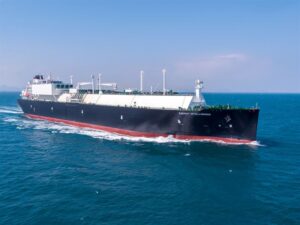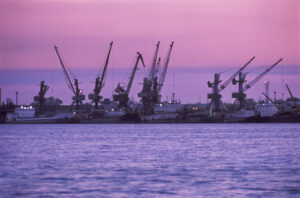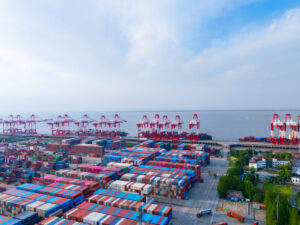Sea Machines Robotics (Sea Machines) have unveiled a new concept design for an Autonomous Guard Vessel (AGV), in collaboration with a consortium of experts in offshore technology.
In a statement, Sea Machines said the design is smaller and lighter than most current guard vessels, and boasts sustainable solutions as well as exploiting the benefits of autonomous shipping.
It describes it as “a clean and lean concept to replace conventional guard vessels came to life in a project group facilitated by LISA, a community for maritime professionals”.
The project group resulted in a consortium, it continues, which includes C-Job Naval Architects, Sea Machines, SeaZip Offshore Service and recently joined by MARIN and eL-Tec elektrotechniek BV.
Their combined industry knowledge, Sea Machines says, made the innovative concept viable.

The AGV is specifically designed for surveillance of offshore structures throughout their life cycle, ranging from wind farms to substation platforms and cable routes. With any area that needs to be secured, the AGV can continuously monitor nearby marine traffic visually as well as via radar and AIS data.
With any vessel that approaches the area, measures will be taken to secure the area in order to avoid collisions and damage to the offshore infrastructure.

An intruding vessel can be communicated with and will receive information on how to safely navigate the area as well as being physically escorted away from the site by the AGV. Additionally, the encounter will be recorded to provide video footage in case of any violation or accident.
“Guard vessels perform an essential job, however, it is not the most exciting one for crew,” Pelle de Jong, founding partner of LISA, explained.
“Combined with the fact that conventional guard vessels are mostly outdated and thus aren’t necessarily the most comfortable let alone sustainable, it can be difficult to find well-trained crew willing to do the job.
“The group set out to improve upon the overall process of securing an offshore area while incorporating sustainable solutions and reducing overall cost.
“By utilizing the knowledge we have as a group as well as the technology already available, we succeeded in creating a design which does this and more.”








